Currently 50% Off For A Limited Time
Healing Trauma Through Movement And Dance
After experiencing trauma, we can often struggle to find a sense of safety in our body – and that can make it difficult for us to return to a state of play.
This is because our trauma-affected nervous system can cause us to feel as though our body is not our own.
Additionally, we may experience physical and psychological symptoms such as migraines, body aches, insomnia, anxiety, and depression.
Thankfully, according to Dr. Peter Levine, by working with the nervous system directly through somatic therapies, we can learn to slowly release trauma from the body, which can support us in cultivating a space of inner quiet where our creativity and self-expression can begin to thrive.
One of these somatic techniques is dance therapy: it engages our “intelligence, spirituality, discovery, and spontaneity” whilst helping us to release residual symptoms of trauma (Balgaonkar, 2010, p. 54).
Dance therapy can help us to uncover new, unconscious, playful ways of being by incorporating movement that fosters the reintegration and unity of the body and the mind (Aubourg, 2018; van der Kolk, 2014).
This reintegration and state of play can assist in the alleviation of challenges we may face in our lives, such as:
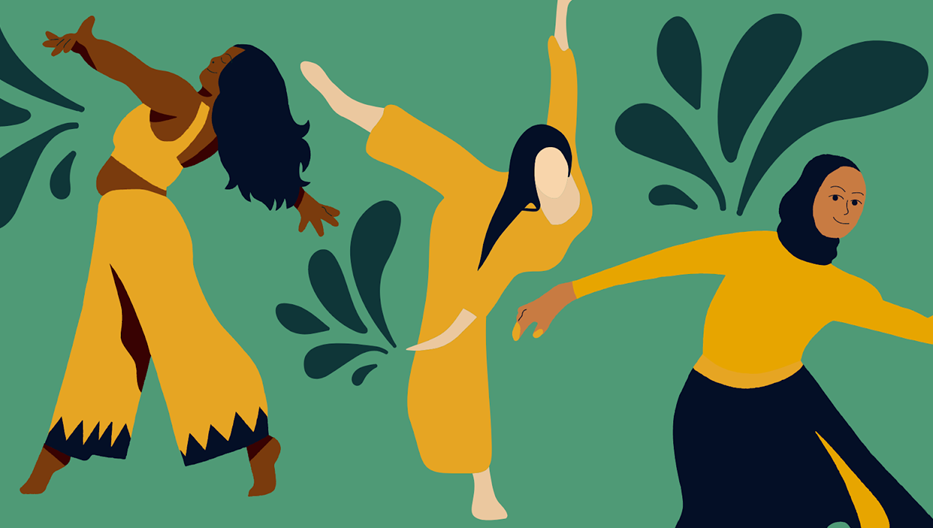
- Re-imagining our body-image and our self-esteem (Savidaki et al., 2020)
- Restoring appreciation of our inner-strength (Bernstein, 2019)
- Freedom from feelings of paralysis and immobility (Serlin, 2015)
- Re-attunement with our community, spirituality, and physicality (Balgaonkar, 2010; Serlin 2015)
Our new Healing Trauma Through Movement and Dance Program will explore the ways that dance can be used to help heal the effects of trauma.
The program incorporates tension and trauma-releasing exercises such as tremoring, polyvagal-informed movement, and breathwork into a twelve-day, do-it-from-home course.
These approaches can support us in connecting to our internal rhythms, which can help improve our ability to feel safe, playful, and at one with our bodies again (van der Kolk, 2014).
Thereafter, we’re able to do as Samuel Beckett says:
“Dance first. Think later. It’s the natural order.”
Introducing Healing Trauma Through Movement & Dance Program
Movement & Dance Therapy Exercises
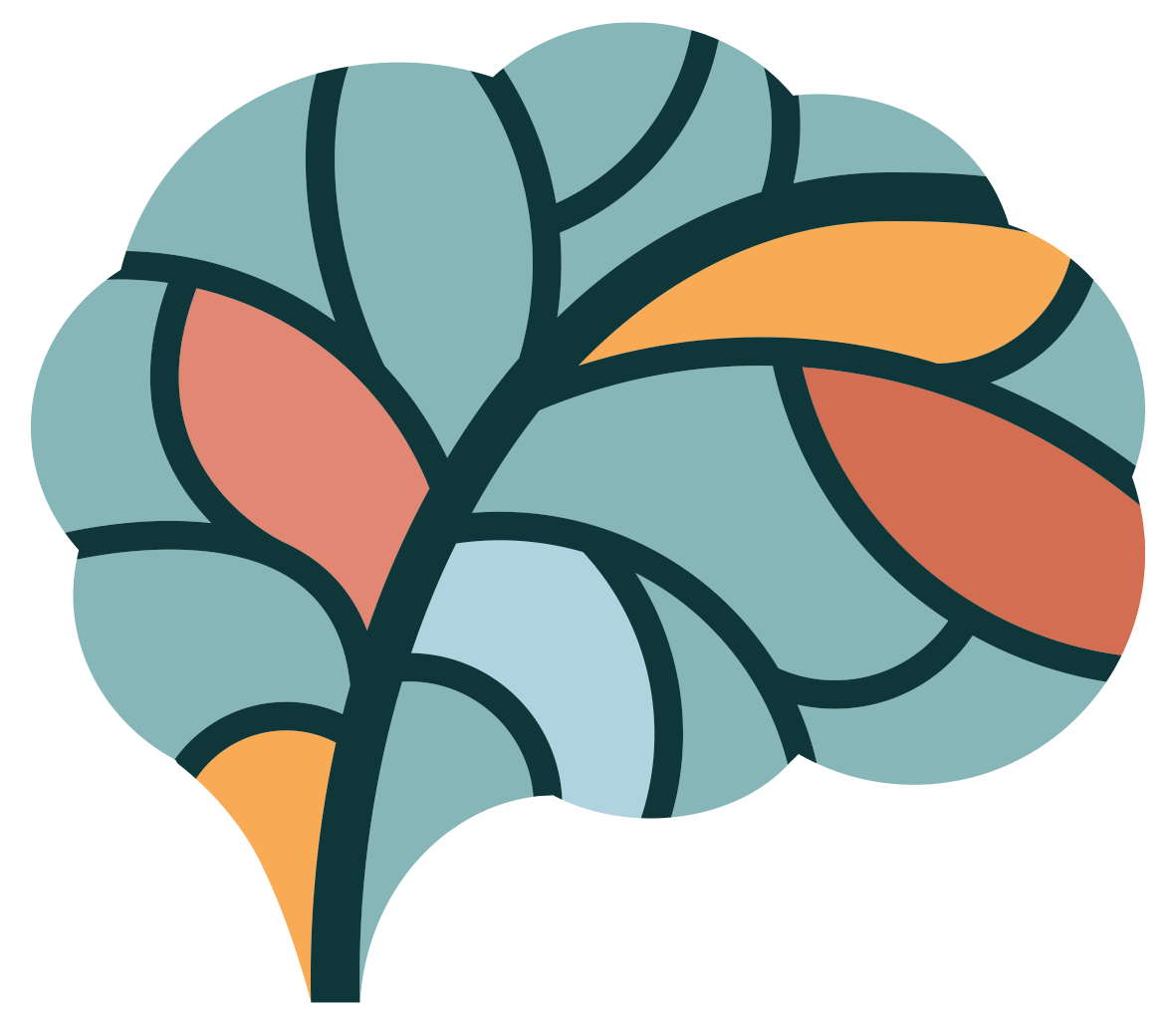
Technique 1: Exploring The Body In A Safe Relationship
Using breath work and movement, engage with your senses to generate awareness within the body to find stability.
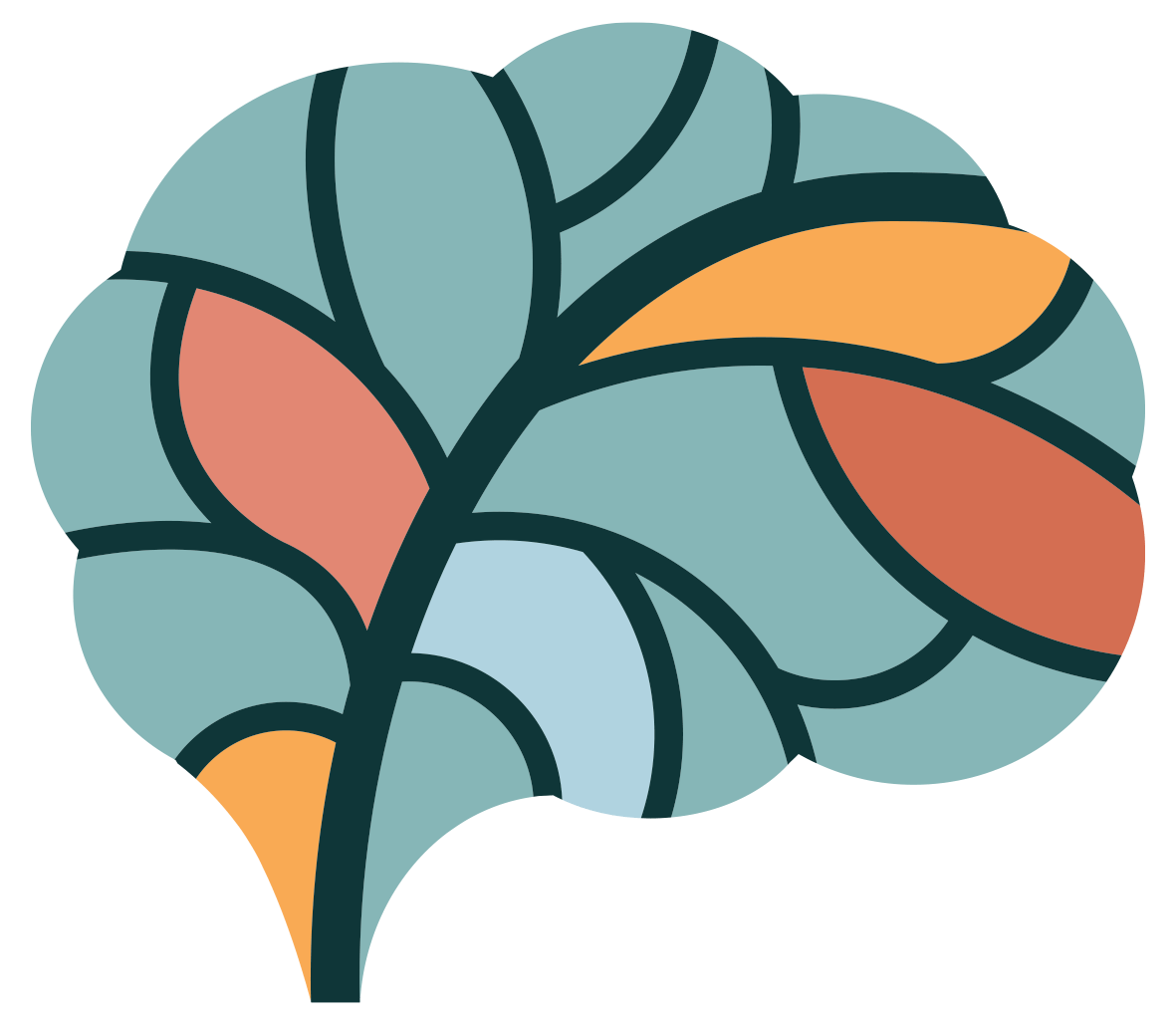
Technique 2: Developmental Movement
Build a sense of embodied safety using the five basic developmental infant movements. This practice supports curiosity and playfulness as we explore our bodies in relationship with the world.
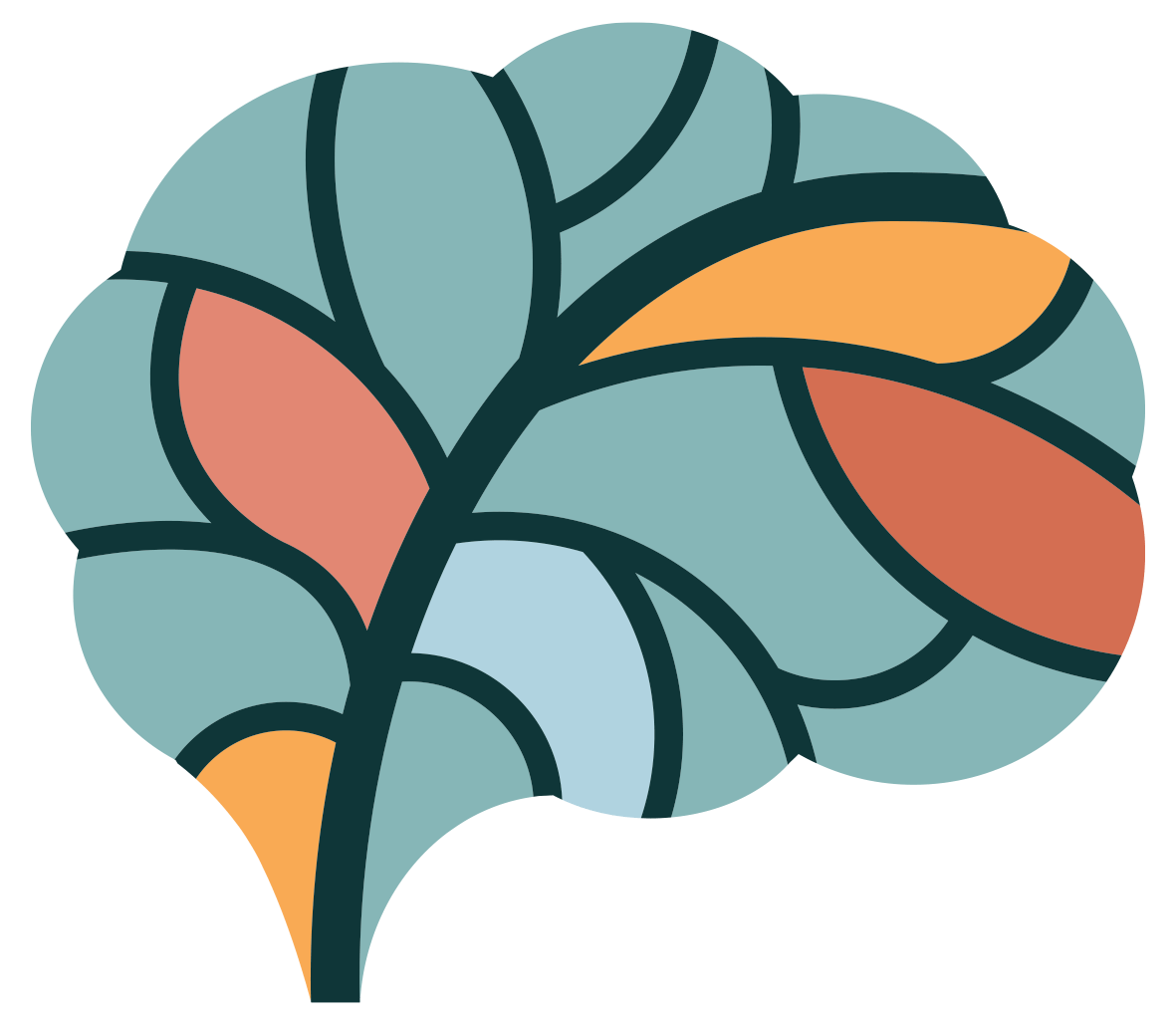
Technique 3: Letting The Body Speak Through Expressive Movement
Exploring Expressive Movement maps enables the body to express and access spaciousness. This practice uses breathwork and movement to tune into what these sensations want to communicate.
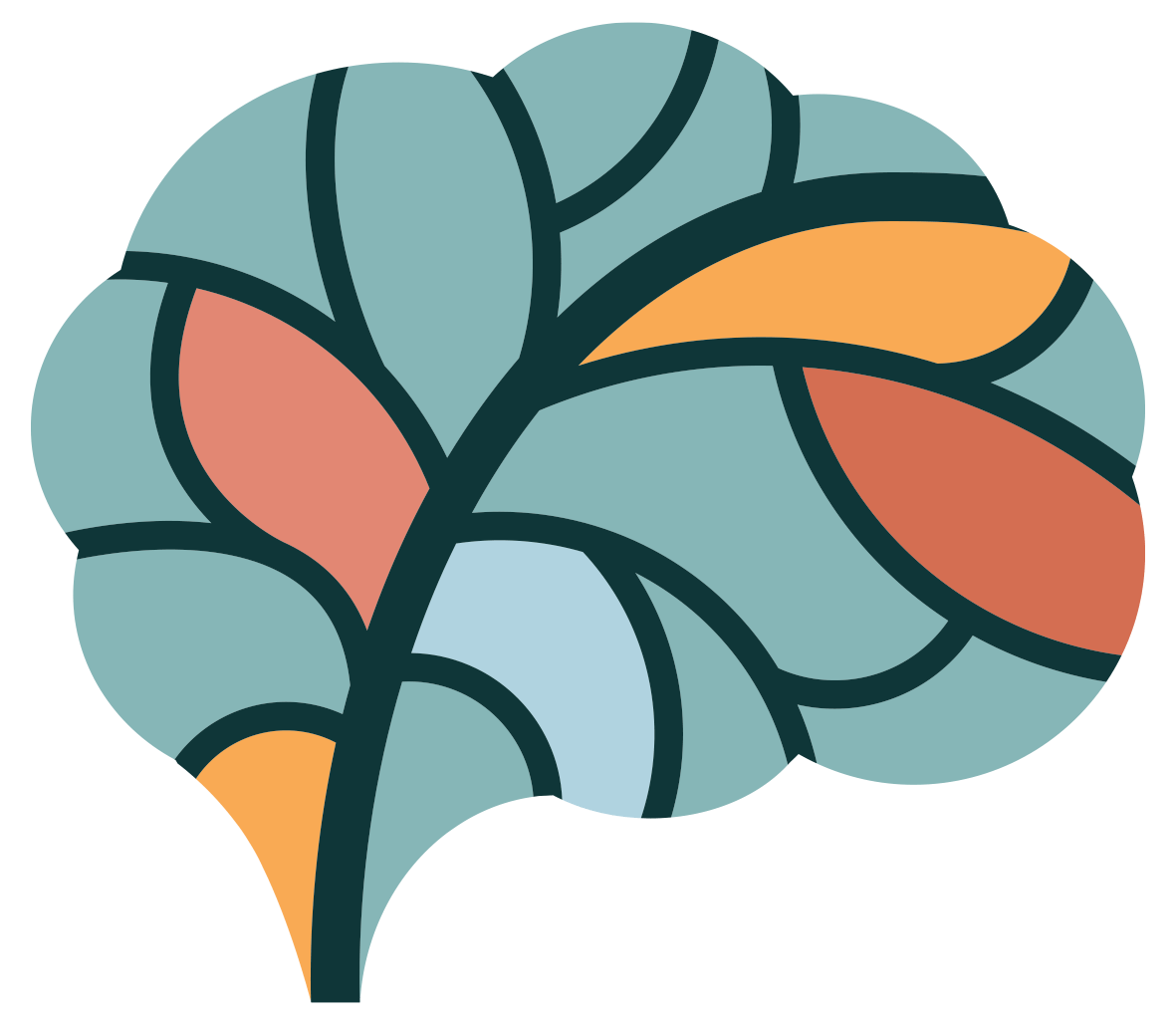
Technique 4: Practicing Boundaries
Use pushing sensations and movement to activate the muscular system and explore the physical boundaries of our bodies. This process is particularly relevant to those who need a reminder to return to their own stories and their own bodies.
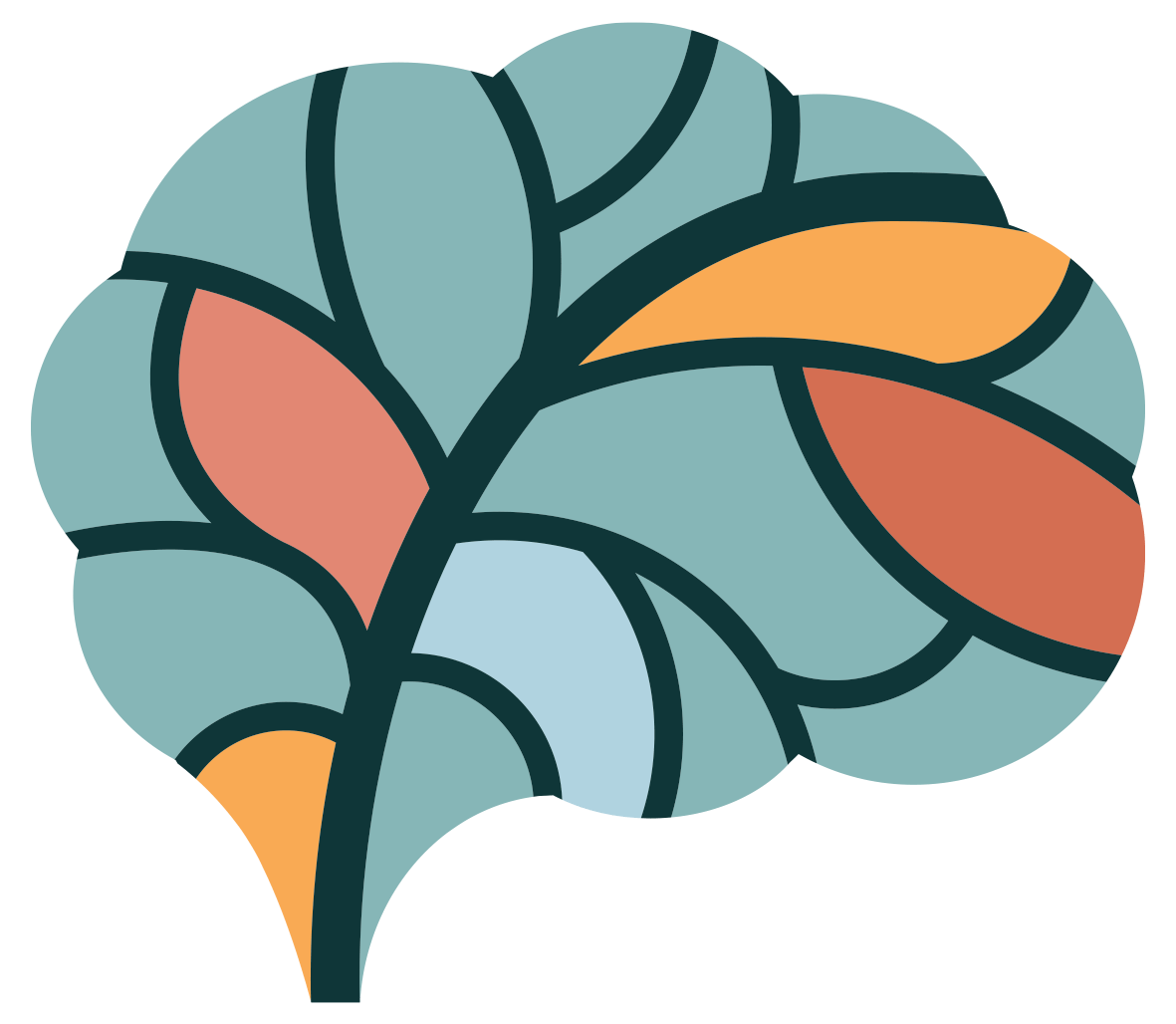
Technique 5: Releasing Stress From Your Body
Release the stored stress and tension in your body by embodying freedom, play, and release using this DMT movement promptly.
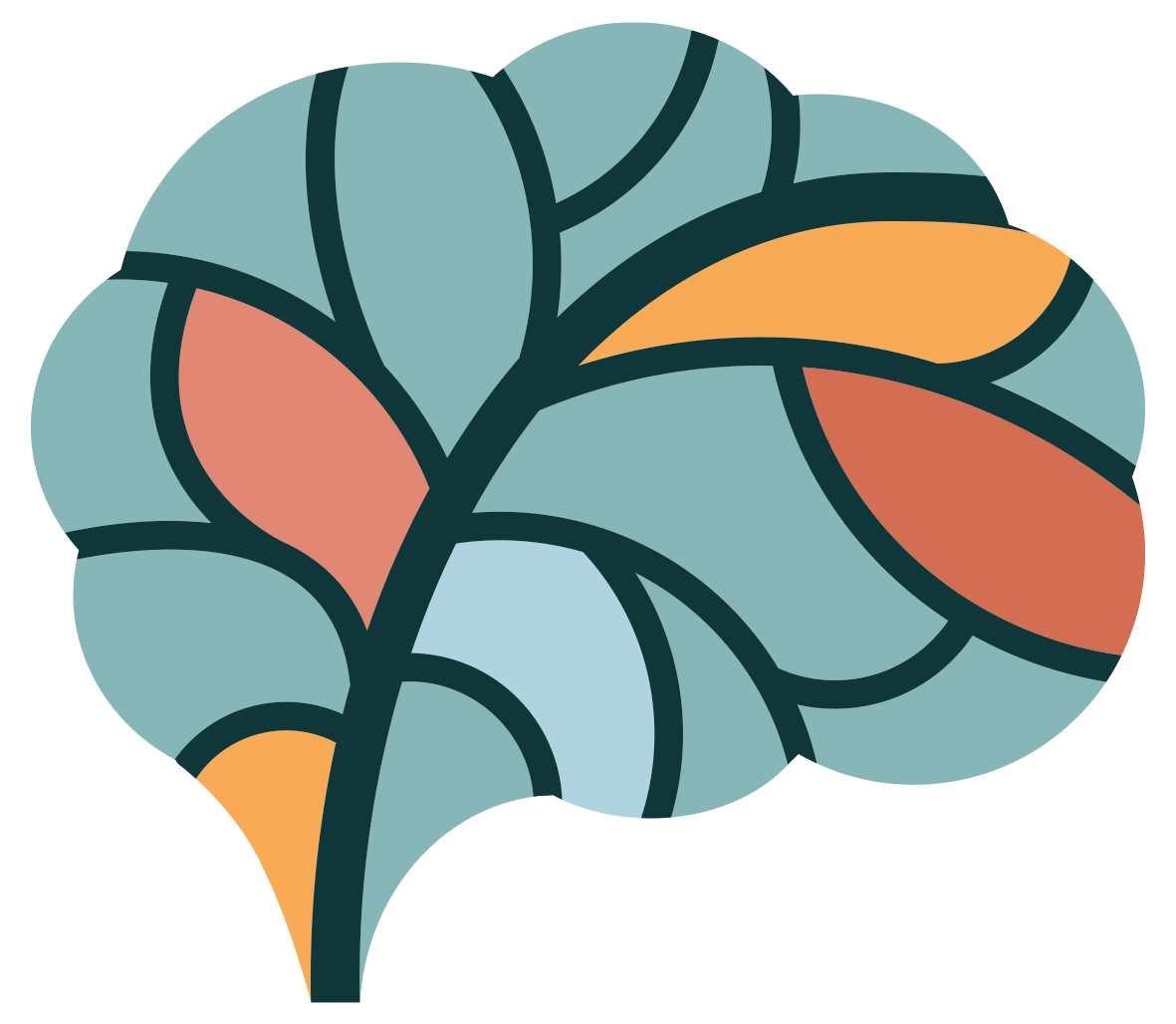
Technique 6: Progressive Muscle Relaxation Technique For Anxiety Relief
Release anxiety and move out of muscular tension by engaging in various relaxation techniques to let go of stress in your body.
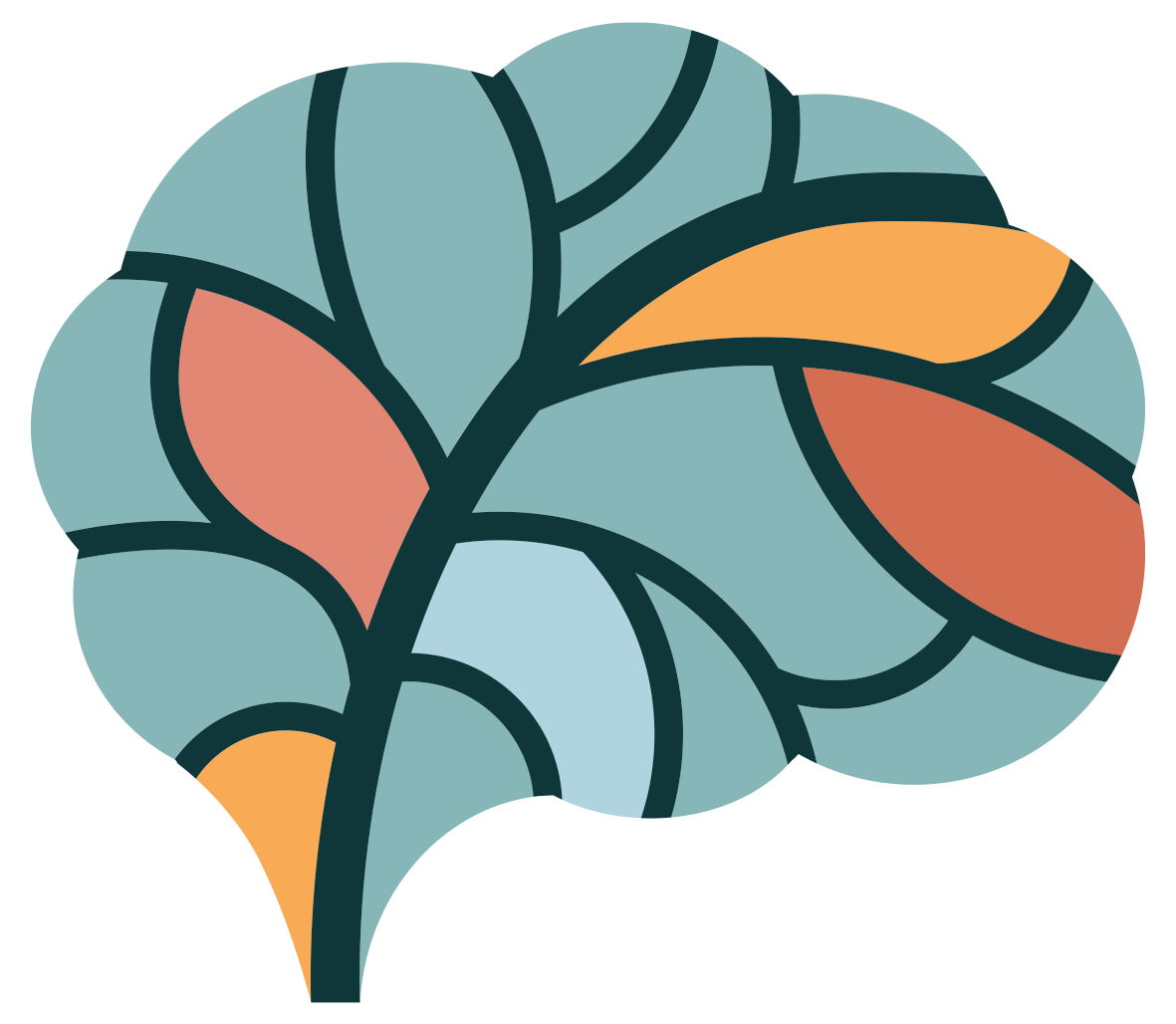
Technique 7: Body Supports for Grounding and Connection
Explore ways of feeling grounded and connecting to yourself, others, and your environment with these body support practices.
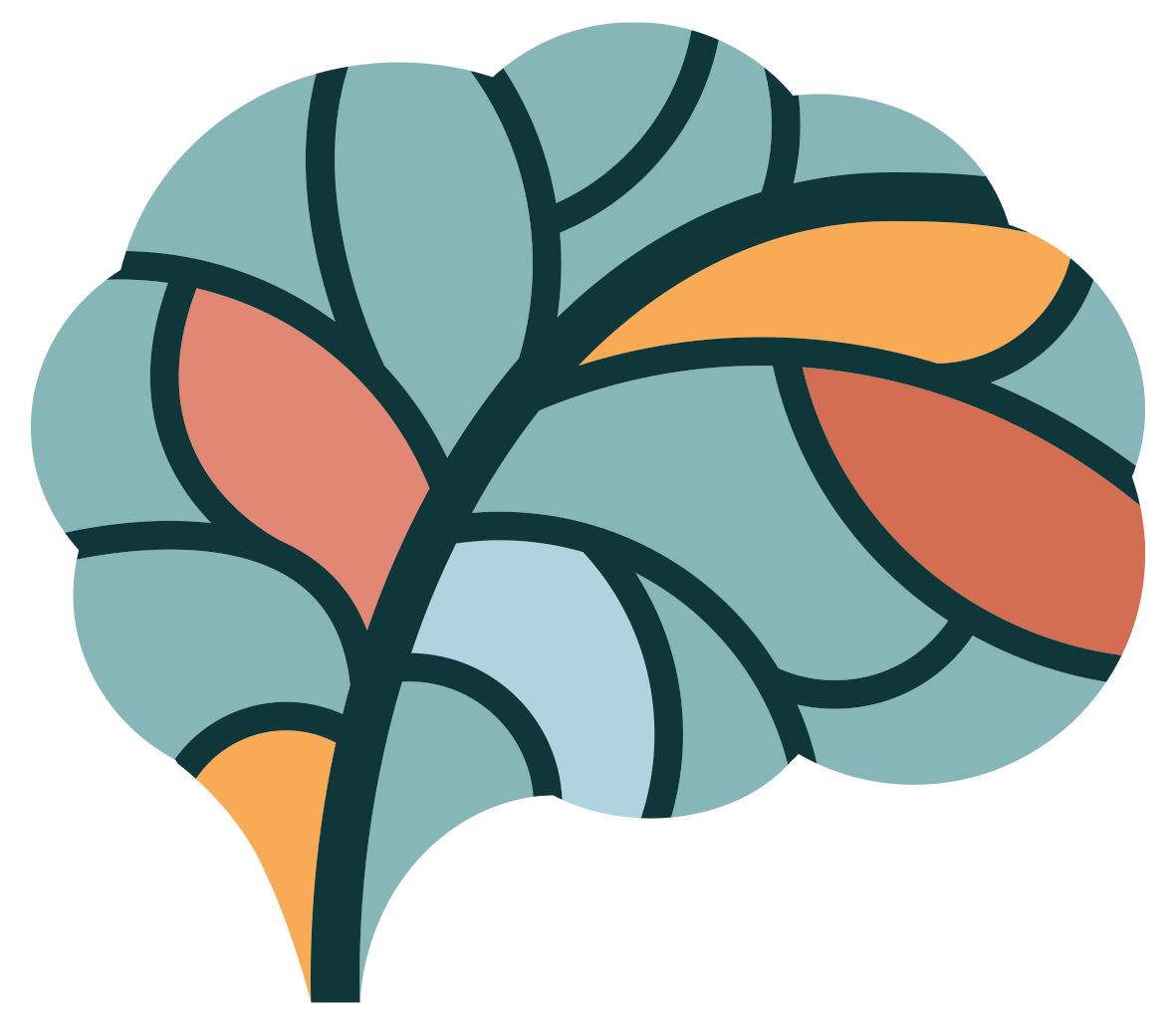
The 5Rhythms® with Hannah Loewenthal
- Technique 1: The Rhythm of Flowing
- Technique 2: The Rhythm of Staccato
- Technique 3: The Rhythm of Chaos
- Technique 4: The Rhythm of Lyrical
- Technique 5: The Rhythm of Stillness
- Theory Module: Introduction To The 5Rhythms® Movement Practice (33-min)
Theory Modules:

Theory Module 1: Introduction To Therapeutic Movement With Maxine Bekker (33-min)
- Learn more about Dramatherapy and Movement
- Why Movement and Embodiment are important
- The EPR Developmental Movement Model
- What is the ‘Baseline’

Theory Module 2: Therapeutic Movement and Dance In Practice With Maxine Bekker (31-min)
- Movement in Dramatherapy and Dance
- The Anthropological Approach
- Emergent Phenomena
- Expressive Movement Five-Phase Wave
- Therapeutic Movement in a Clinical Context take-away

Theory Module 3: Tips For Practitioners With Maxine Bekker (25-min)
- Seven Tips for Practitioners to bring more Movement into their lives and work

Theory Module 4: Introduction To Dance Movement Therapy With Rebecca Love (32-min)
- What is Dance Movement Therapy?
- What Dance Movement Therapy is not
- How to become a Dance Movement Therapist?
- Who benefits from working with a DMT?
- Goals in a DMT Session

Theory Module 5: Dance Movement Therapy For Trauma With Rebecca Love (38-min)
- Why DMT for trauma?
- Top-Down vs. Bottom-Up Approach
- The Stages of Trauma and Healing
- The Benefits of Moving Therapeutically
- Dance Movement Therapy Techniques
Bonus Modules:

Bonus Module 1: Introduction To TRE® With Terrice Bassler & Martez Schembri-Diskey (32-min)
- What is TRE®?
- Reported Benefits of TRE®
- What is Neurogenic Tremoring?
- Seven Tips To Take Into Consideration When Doing TRE®

Bonus Module 2: Practical TRE® Exercises With Terrice Bassler & Martez Schembri-Diskey (32-min)
- A short demonstration of a Tension and Trauma Release Exercise® (TRE®) session by certified TRE® Provider, Martez Schembri-Diskey.

Bonus Module 3: Grounding TRE® Demonstration With Terrice Bassler (37-min)
- Tension and Trauma Release Exercise® (TRE®) demonstration by certified TRE® Provider, Terrice Bassler.

Bonus Module 4: Regulating the Nervous System Through Polyvagal-Informed Movement With Dr. Amber Gray (43-min)
- A discussion on the benefits of integrating polyvagal theory, somatic work and movement therapy, including a follow-along stabilization sequence, led by Dr. Amber Gray, to help regulate the nervous system.

Bonus Module 5: The Importance of Faith, Spirit, And Ritual in Trauma Healing With Dr. Amber Gray (20-min)
- A discussion around the value of spirit, faith, and ritual in trauma healing and different ways to incorporate ritual into trauma healing.
Our Programs Come With:
-
A private supportive community
-
Lifetime access to the program and all future updates
-
Technical support via email and messenger
-
Start at any time at your own pace
-
A 72-hour money-back guarantee
-
A 30-day program exchange policy
Register Here for $120 $240
You’ll get all 5 integration modules, 7 nervous system healing techniques, learning tools, plus bonuses you can immediately integrate into your trauma toolbox to help you work more effectively with a dysregulated nervous system.
Meaningful Feedback
“It really feels like my nervous system is so much more tolerant, and resilient than it was even a few months ago. I feel lighter and emotionally unburdened.”
Kristin Lindell, Therapist
"It started to feel like I had a voice again, like I was important like my feelings did matter. My resolve grew to protect myself from this kind of unhealthy relationship in the future, and I started to become my own best friend with the love and reassurance I was learning to give myself."
Tikeke Ziemer, Survivor
"One of the greatest things I have noticed is that Rewire Trauma Therapy responds to every comment, either on Facebook, Instagram or through their programs… this makes me feel seen and heard… creates a beautiful space to heal in."
Carrie Butler, Survivor
"Thank you so much for creating and sharing such a helpful and inspiring program and for making it affordable as well."
Tracie Jones, Survivor
"We can definitely feel a change in how our bodies respond to stress since using the program. Our sleep has improved, our general mood has improved and also our ability to stay centered in times of stress has greatly improved since beginning the program."
Renee Boos, Survivor
"I would think if someone was new to therapy, these exercises would help calm their mind and body so they could be more vulnerable and become more conscious and aware of their thoughts and feelings. This is a great program and I hope people take advantage of it."
Matt Domyancic, Medically Retired Cop
“The course was presented in a very fresh, interesting, and informative way. The panel was extremely caring, professional, and engaging. The theory, exercises, and bonus program exercises were a beautiful way to present such rich information.”
Rita Ehrman, Survivor
Register Here for $120 $240
You’ll get all 4 integration modules, 9 nervous system healing techniques, learning tools, plus bonuses you can immediately integrate into your trauma toolbox to help you work more effectively with a dysregulated nervous system.
Meet The Experts

Tanya Zajdel
RN, PSYCHIATRIC NURSE, FOUNDER OF REWIRE TRAUMA THERAPY
Tanya’s work with trauma healing and survivorship has been featured at the Tribeca Film Festival, CBC News, Vox Tablet, and Iheart Radio.
Tanya is a mental health worker, a women’s health nurse, and a published feminist author. Tanya focuses primarily on creating programs that facilitate trauma healing through creating new neural connections in the brain called 'neuroplasticity exercises'.
Her techniques combine various proven therapies to repair and reset the nervous system after trauma including somatic therapy, yoga, drama therapy, dance therapy, CBT, qigong, EMDR, vagal toning, authentic movement, and a combination of expressive, creative art therapies.

Maxine Bekker
REGISTERED ARTS THERAPIST (DRAMATHERAPY), EXPRESSIVE MOVEMENT FACILITATOR, FAMILY CONSTELLATIONS PRACTITIONER
Maxine R Bekker is currently focussing her work on further studies in relationships and intimacy.
She has a particular interest in the exploration of active embodiment through therapeutic movement and -ritual as a gateway to experiencing everyday intimacy in strengthening awareness of relationship with self, others, and the environment. She has a deep belief that this awareness is reparative in itself and offers the opportunity for a deeper awareness of ourselves in our relationship with life.
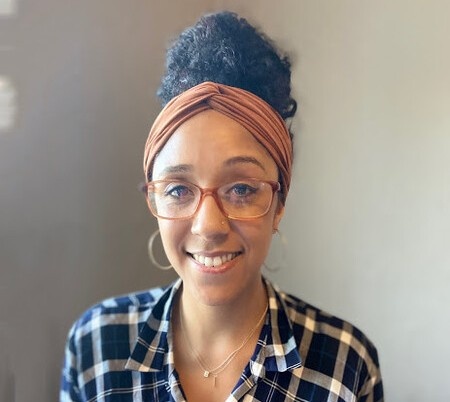
Rebecca Love
MS, R-DMT, LCAT, BC-DMT
Rebecca is an NYC-based therapist and visiting professor at Pratt Institute.
Her practice, Holistically Whole Creative Arts Psychotherapy, provides support for clients recovering from trauma, mood disorders, and well as the BIPOC community.
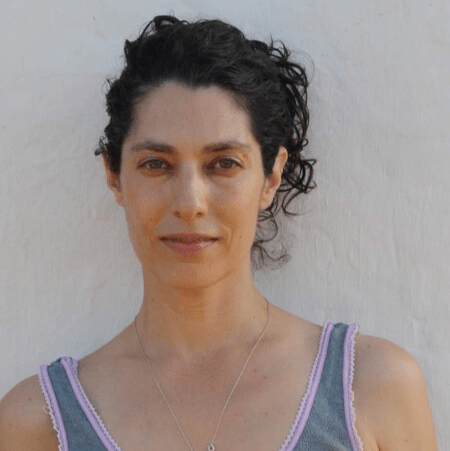
Hannah Loewenthal
CERTIFIED WAVES & HEARTBEAT 5RHYTHMS® TEACHER
Hannah is based in South Africa and she gained invaluable experience training & working with Remix Dance Company (a mixed abilities company in South Africa) and with Gabrielle Roth, US. She is constantly looking for ways in which we can practice coming back to the body as our primary ‘home’ place. This focus has led to creating an ongoing group with young women at the Scalabrini Centre for Refugees in Cape Town. She teaches, collaborates & creates in South Africa, Europe, and the US.
Register Here for $120 $240
You’ll get all 4 integration modules, 9 nervous system healing techniques, learning tools, plus bonuses you can immediately integrate into your trauma toolbox to help you work more effectively with a dysregulated nervous system.
Frequently Asked Questions
How long do I get access to the program?
What is your refund policy?
Are the educators in this program licensed to guide me?
Does this course replace going to my therapist’s office?
If I am not traumatized by any one experience but I’m looking to improve my overall mood and mental health, is this course still for me?
Can I use this course to support my loved one who struggles with mental health?
Is it better to combine various therapy techniques (as suggested in your program) to heal from my trauma, or is it better to stick with just one form of therapy?
Register Here for $120 $240
You’ll get all 4 integration modules, 9 nervous system healing techniques, learning tools, plus bonuses you can immediately integrate into your trauma toolbox to help you work more effectively with a dysregulated nervous system.










